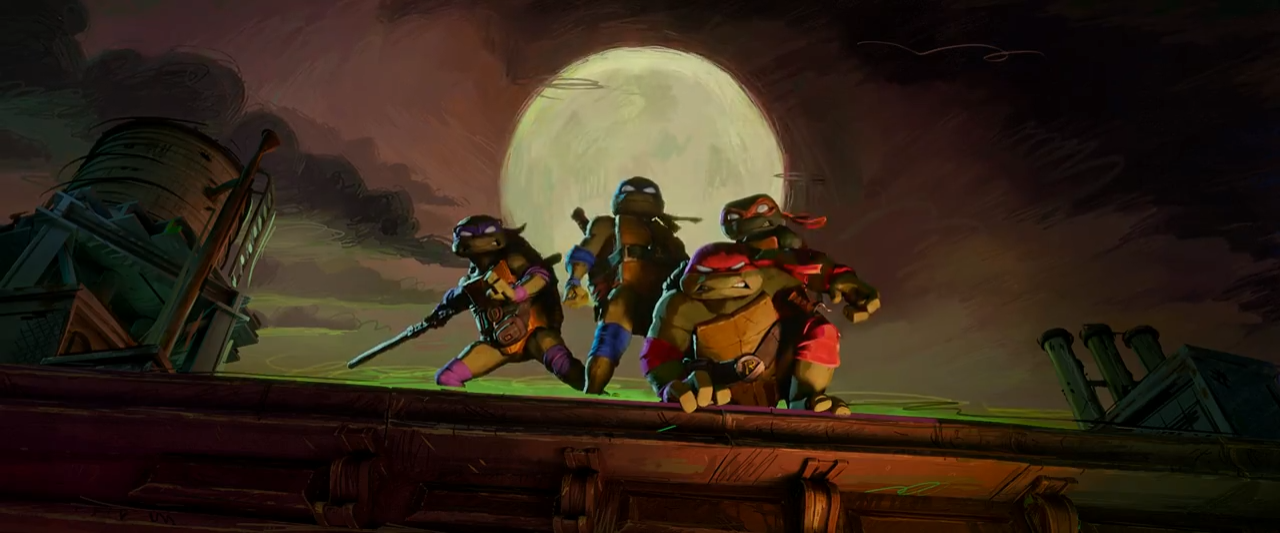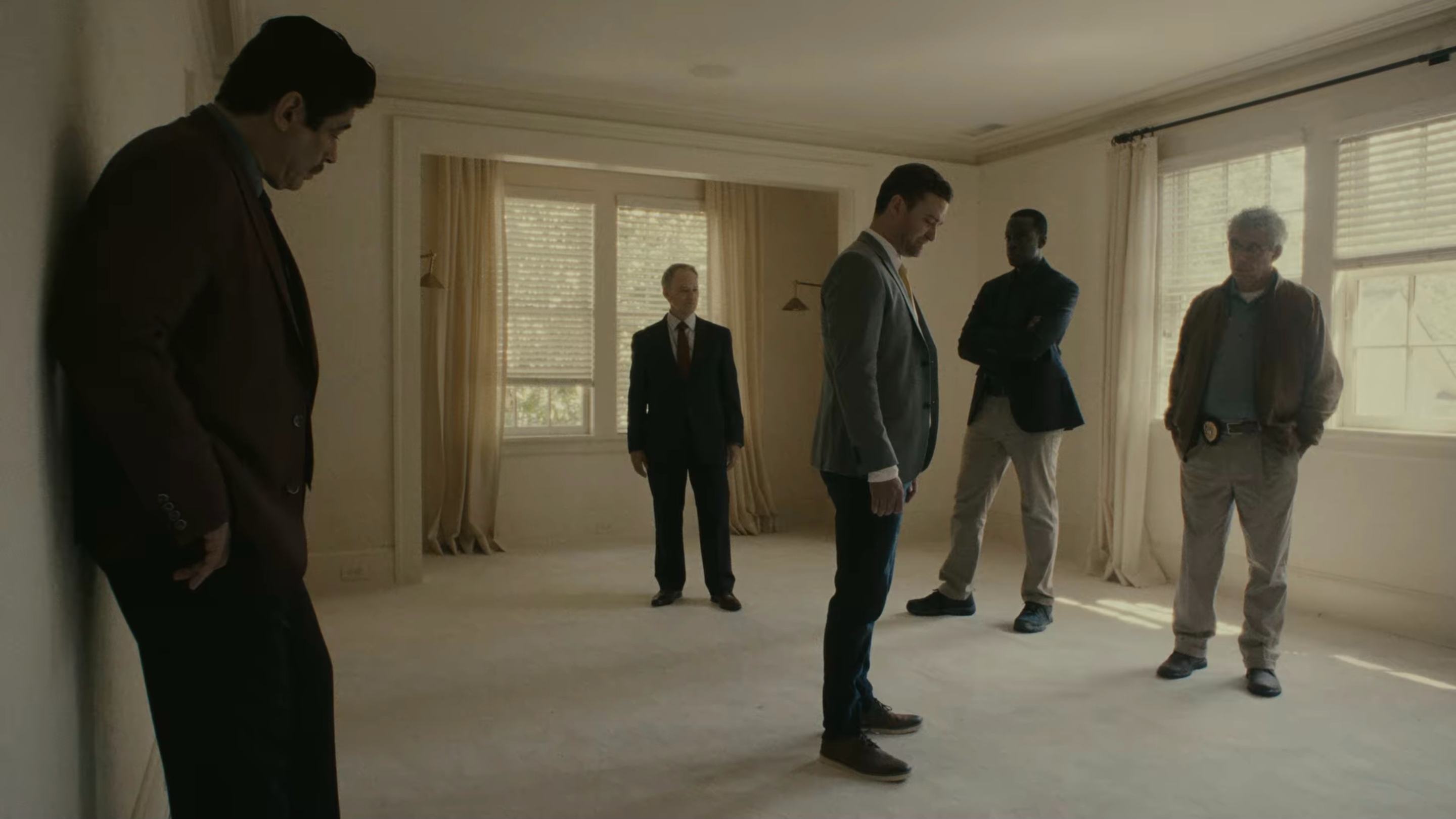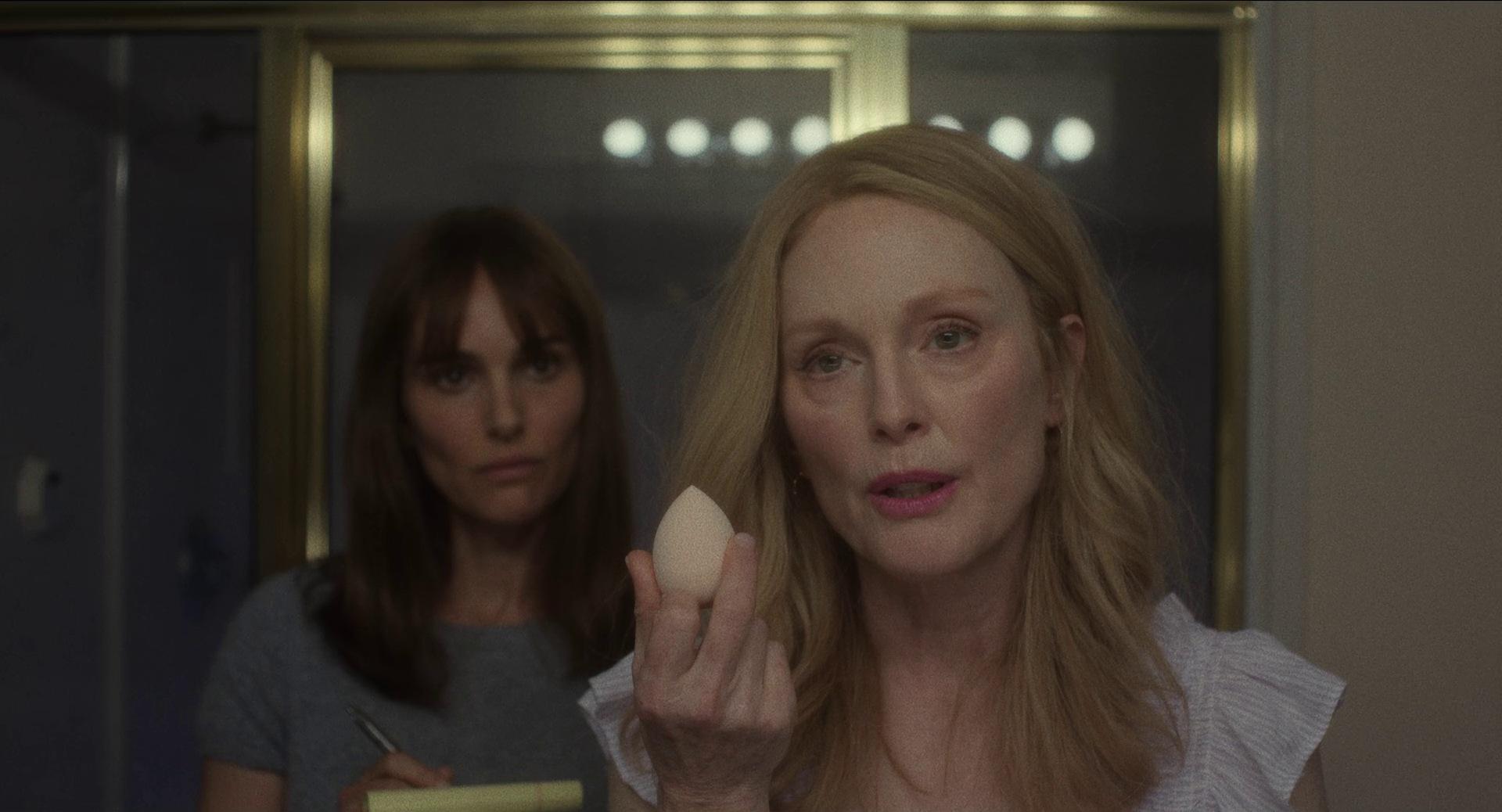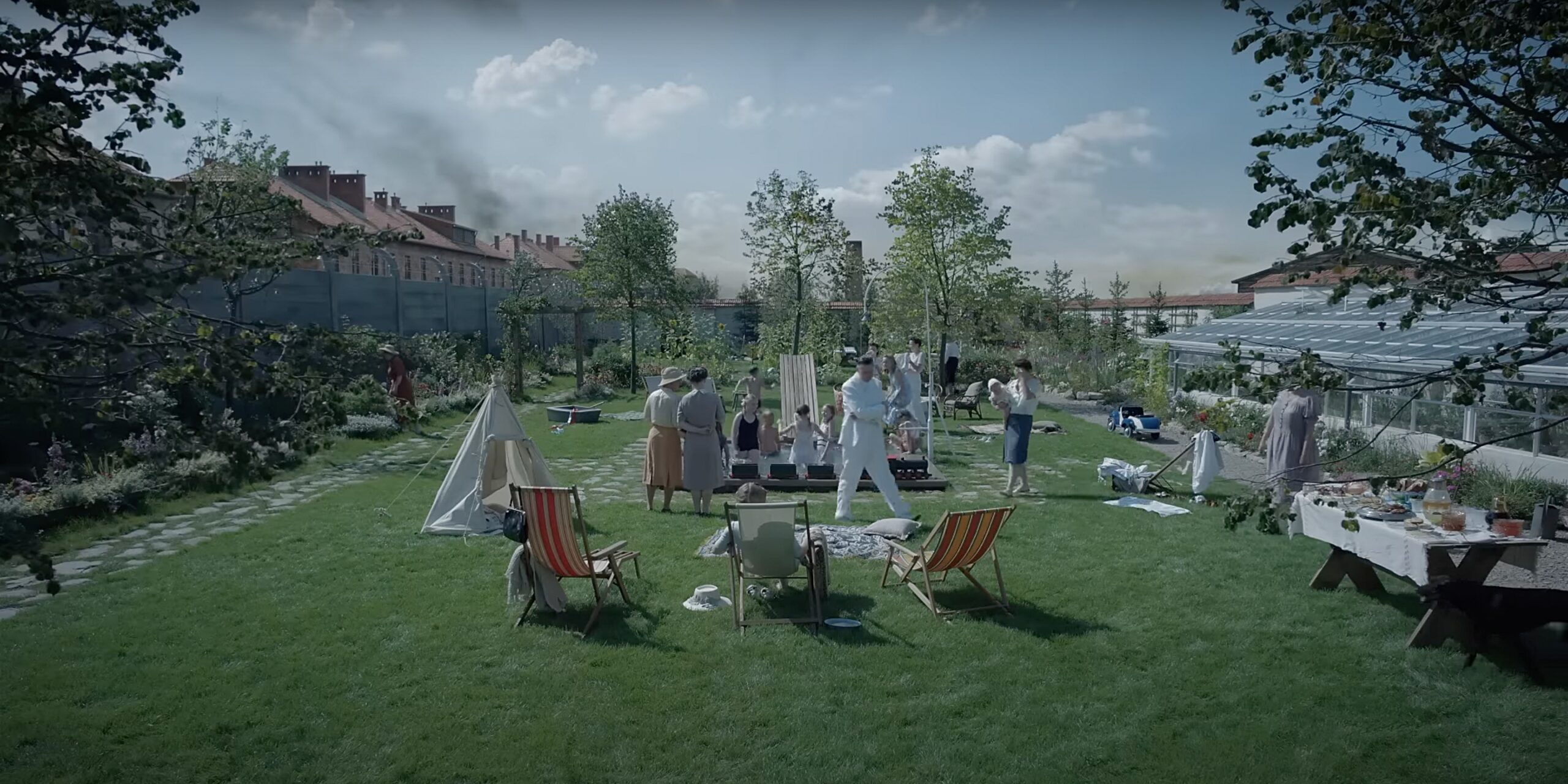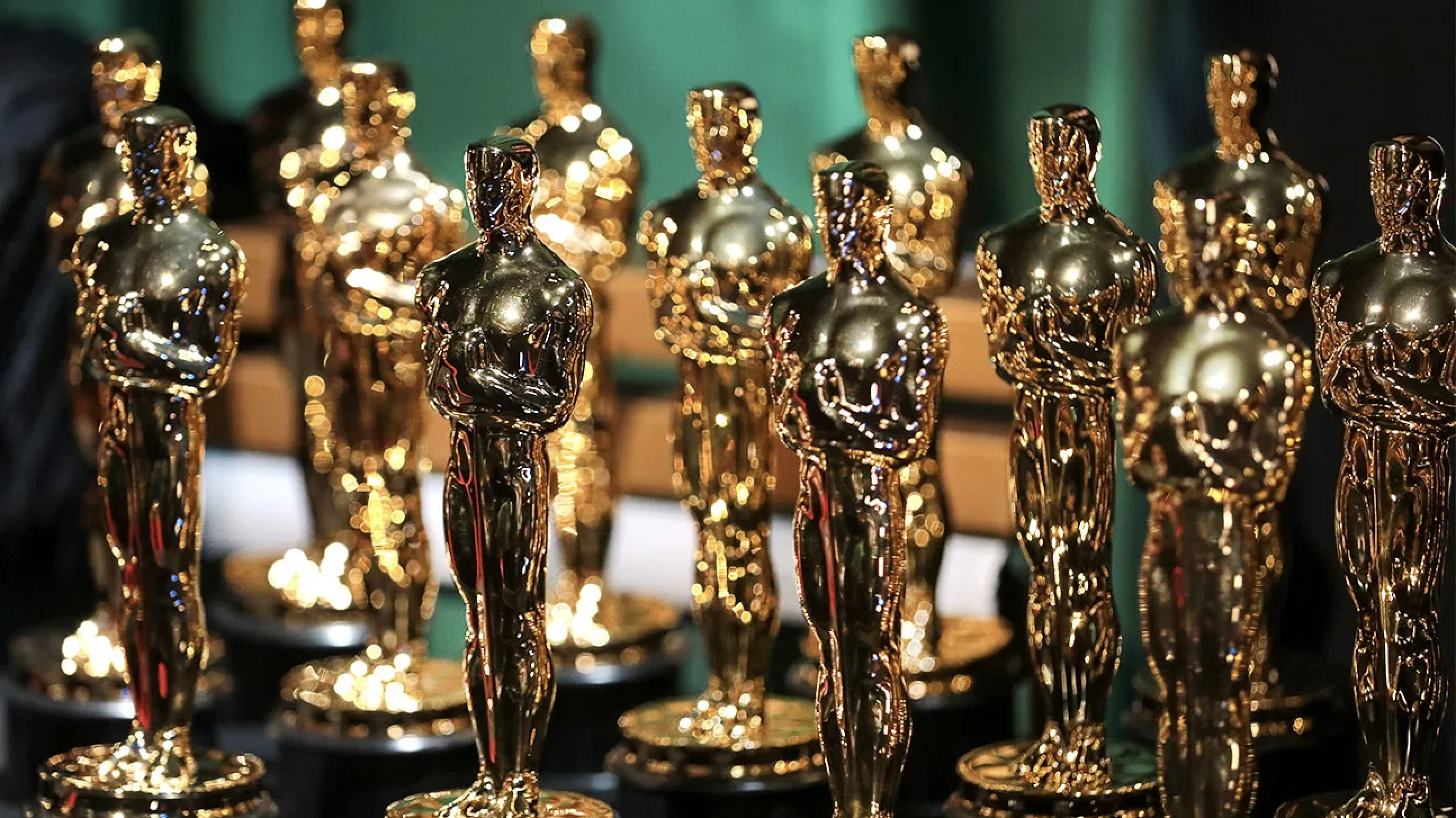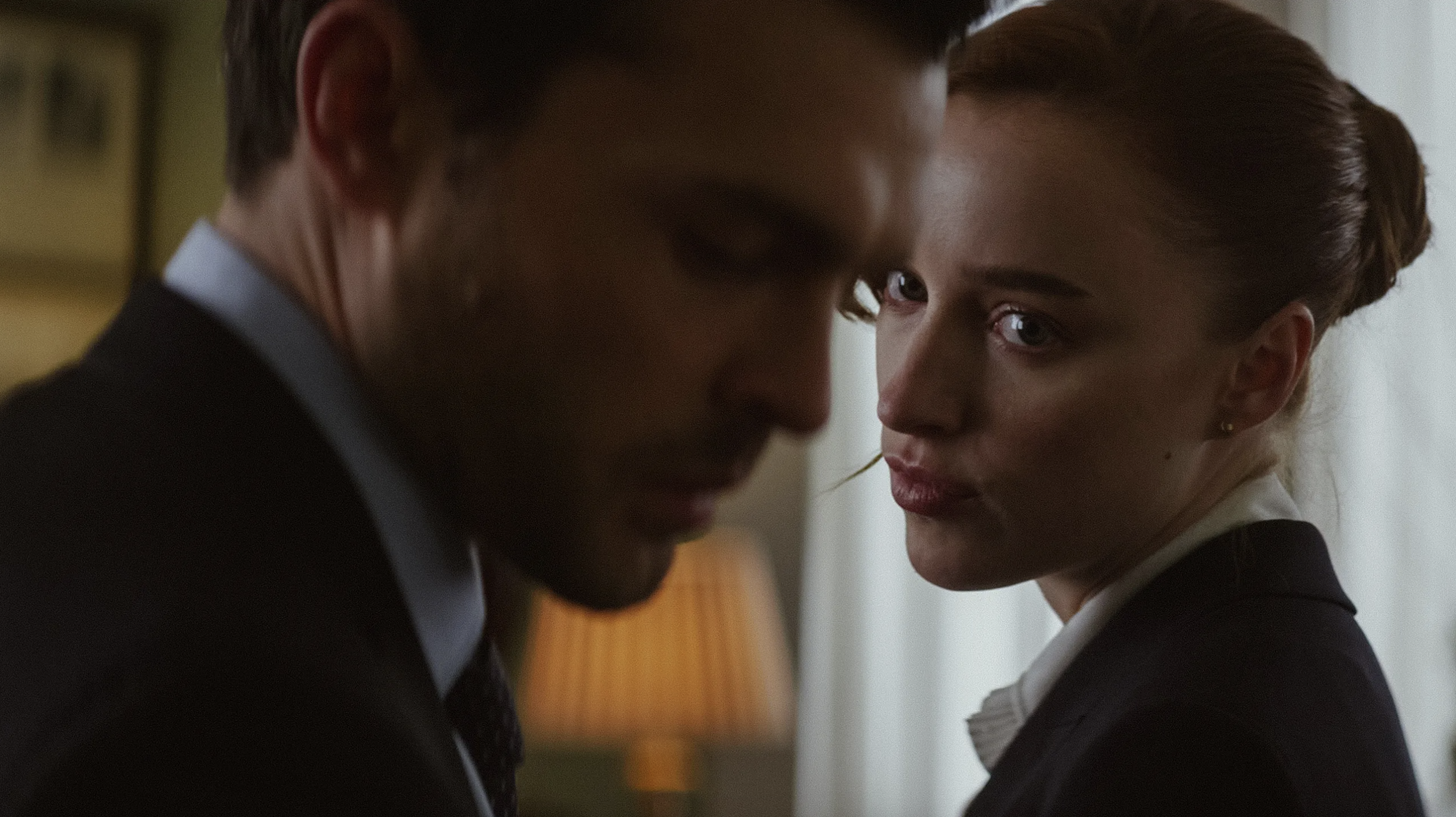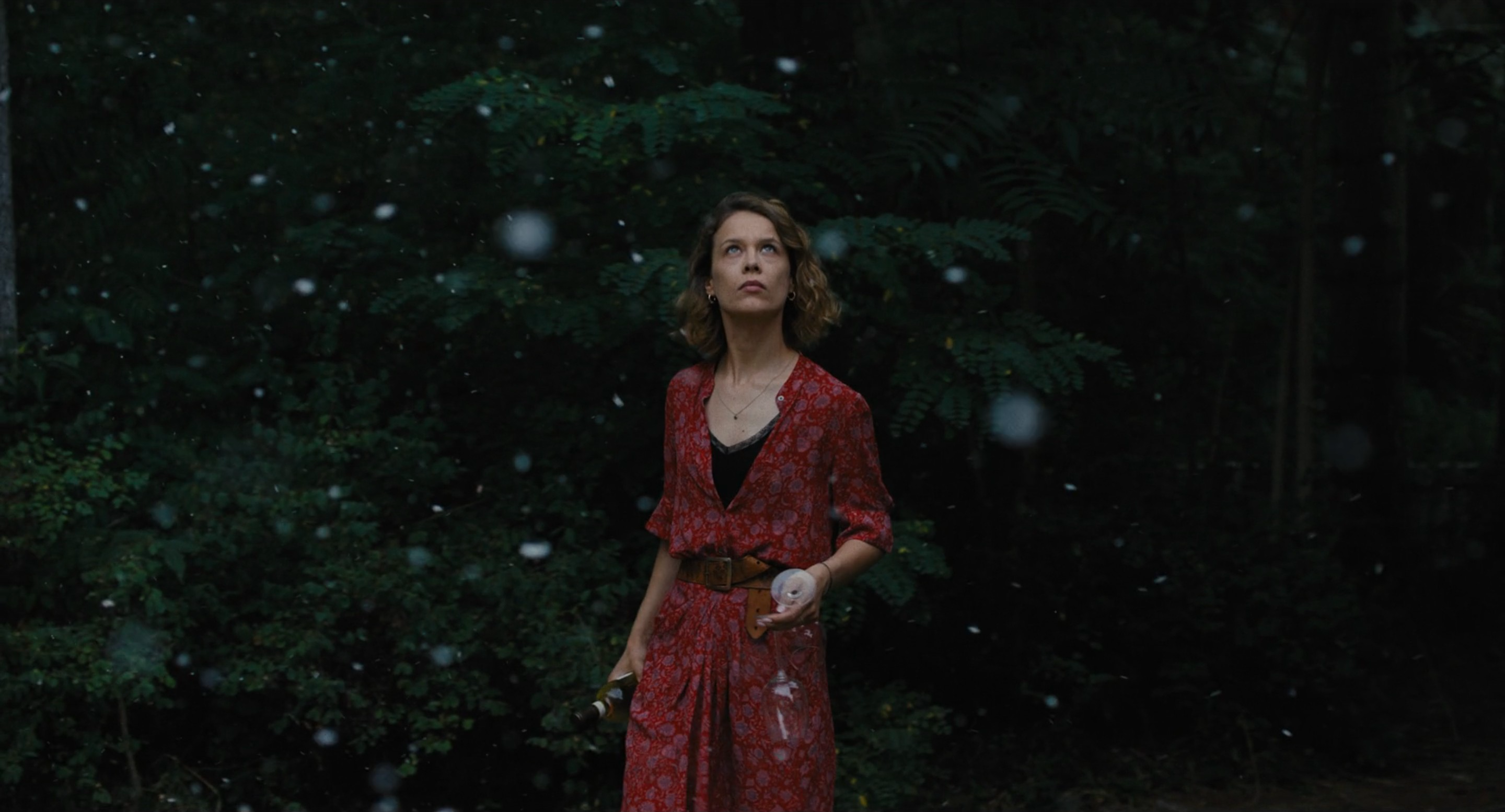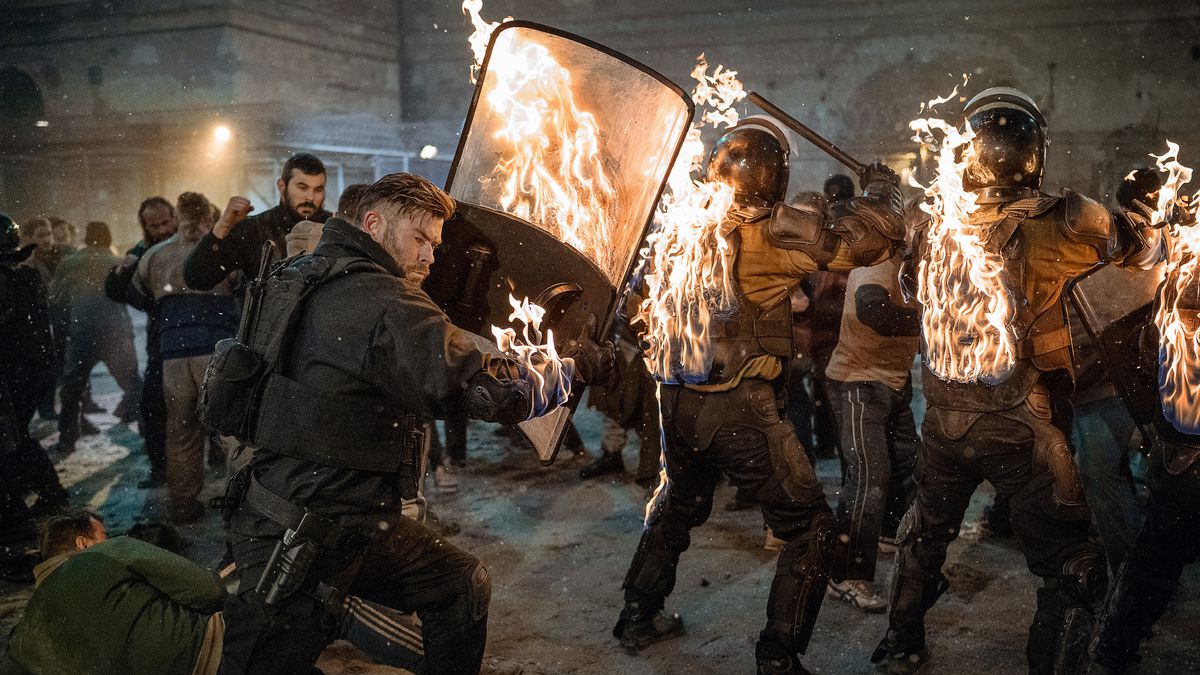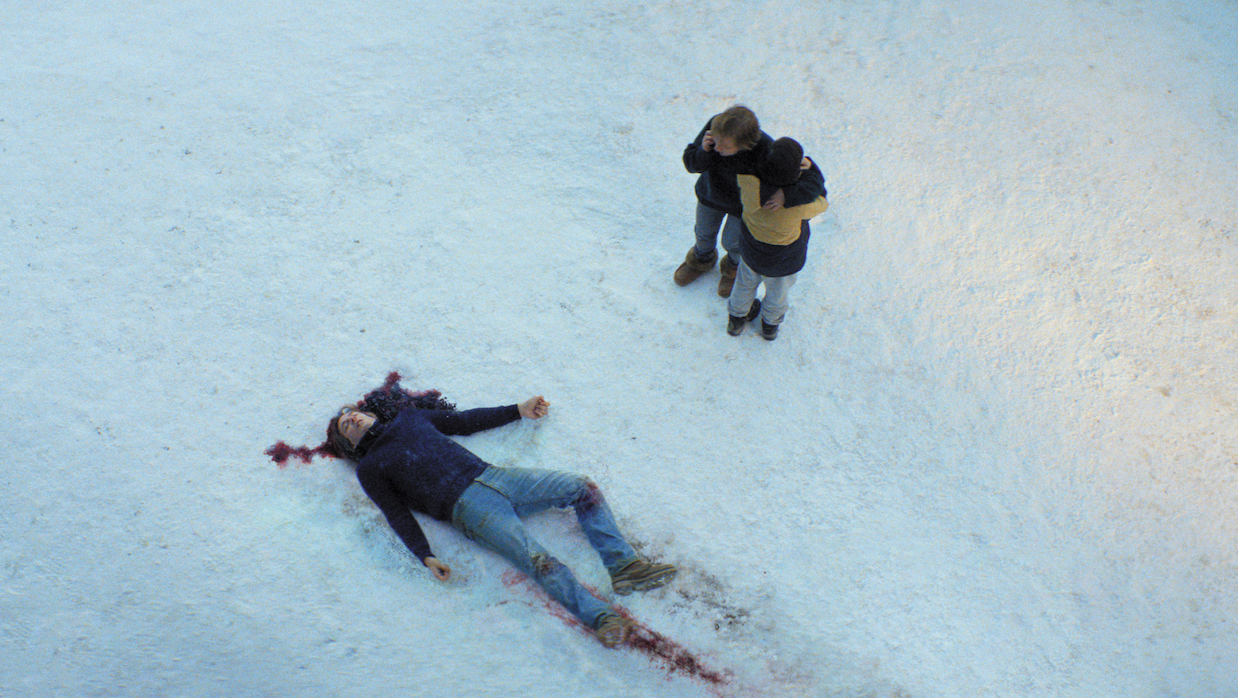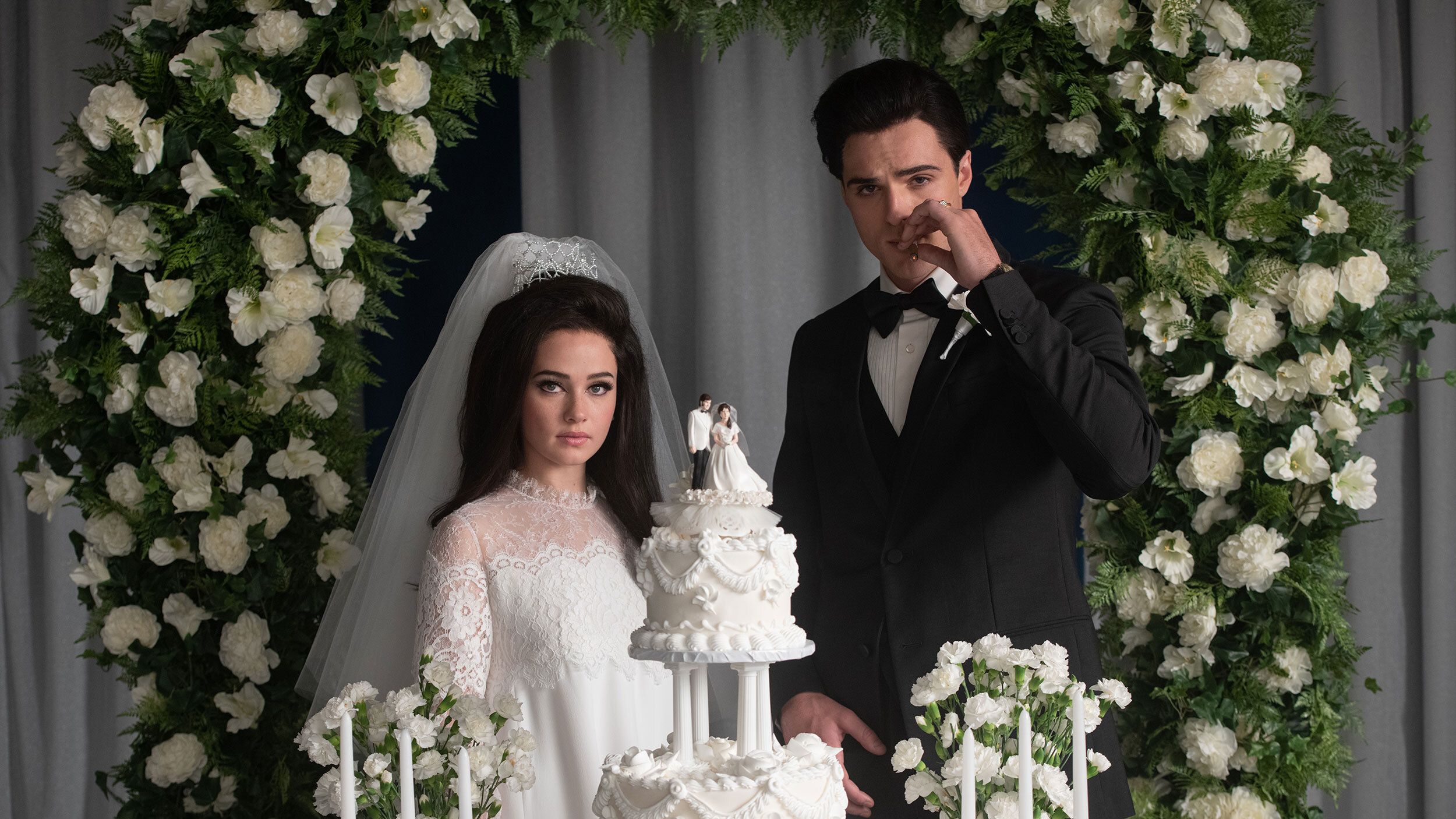Teenage Mutant Ninja Turtles: Mutant Mayhem (2023)
It is in the anarchic rejuvenation of animation itself that Teenage Mutant Ninja Turtles: Mutant Mayhem fully embraces the rebellious spirit of its outcast heroes, emulating the sort of colourful scrawls and grungy imperfections that might be found in a teenager’s sketchbook, and vividly manifesting the coming-of-age tale which underlies its kinetic superhero action.

